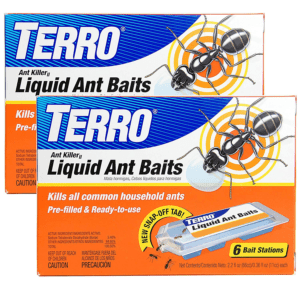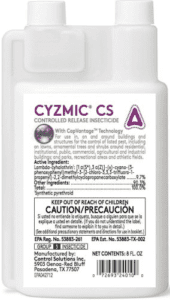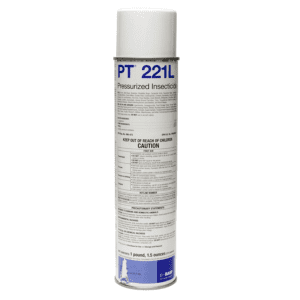Tips For A Bug-Free Home
Everyone wants to live in a healthy natural world. It is something we should all care about more. Unfortunately, the natural world can sometimes impose itself on our human world just a tad too much. I’m talking about pests. Pests include a very large number of living things like insects, rodents, birds, reptiles and even some things you’ve likely never heard of before.
How to have a bug free home
All pests are annoying, that is why they are called pests after all, but I’m particularly un-fond of bugs. Insects, they give me the creeps, and there are a lot of them! Next to microbes, insects are the most numerous life forms on the planet.
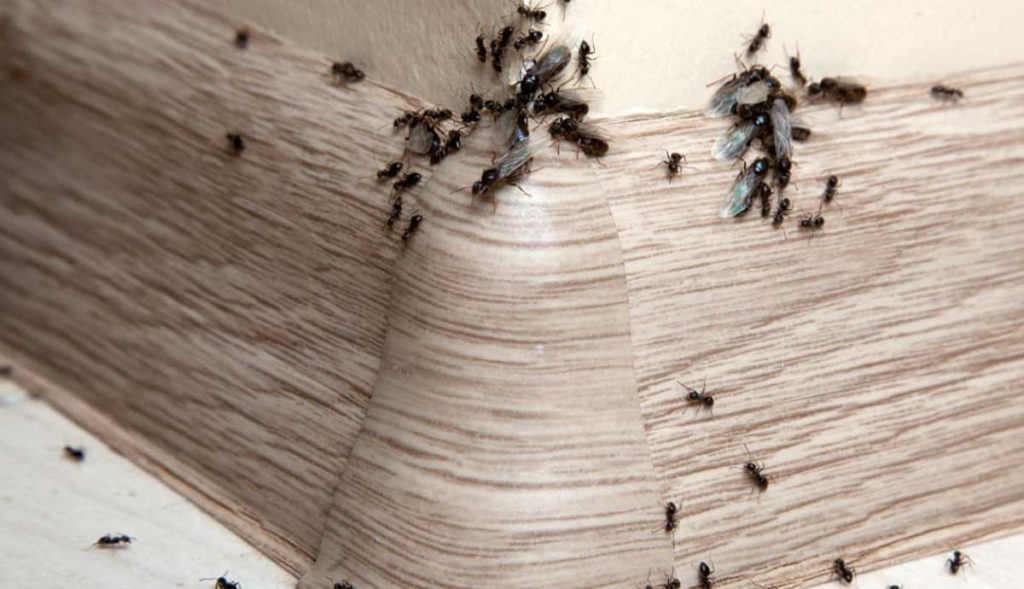
But even ants are NOT the most numerous bug around. That title goes to something called a Springtail that I understand isn’t even an insect. Springtails are tiny, wingless, moisture-loving creatures that seek moisture but don’t seem to care if they are indoors or out. They are frequently often found in dense swarms. Disturb them and they spring a few inches into the air, creating a visible haze. Outside, Springtails prefer wet soil, decaying grass, rotting leaves and other damp organic material. If you are into composting, you’ve likely come across Springtails by the thousands and may not have even known it. They feed on molds, fungi and algae.
The big five insect pests
According to me, the most annoying insect pests around our home are ants, termites, spiders, flies and mosquitos. Here’s a rundown on each along with the best ways to control them.
Mosquitos

Mosquitos are on the of top the list because they suck blood and make you itch. I hate these biting, blood sucking bugs. These little vampires are the deadliest insect to humans because of the many disease that they spread through their blood sucking activities. Mosquito born malaria, dengue, West Nile virus, chikungunya, yellow fever, filariasis, tularemia, dirofilariasis, and six types of encephalitis result is more than one million human deaths every year.
The mosquito life cycle takes place in four stages, beginning with the egg. After exposure to water, most eggs hatch within 24-72 hours.
Once eggs hatch, wiggling larvae emerge. They are often referred to as “wrigglers,” as they can be seen wriggling their bodies in the water. Wrigglers survive on algae, bacteria, protozoans and other organic material. Larvae develop for seven to 10 days before reaching the pupal stage. The pupal stage lasts one to three days before an adult mosquito emerges.
Male and female mosquitos eat the nectar of plants to survive, but only the female takes blood. The blood is not a meal but a trigger for fertility and mating. Once a female has mated, she can continue to lay eggs for the rest of her 30-day life.
Control
If you have a lot of mosquitos around your property you will need to try and prevent them from biting till you can find and eliminate their breeding sources. Use any product with DEETS per the instructions. DEETS which was developed by the US Government to protect from mosquito bites.
The key to ridding your property of mosquitos is to eliminate the standing water where they might lay eggs. Sounds easy, right? Not quite, because you might be surprised at the many places water can be found around your yard… like the dishes under potted plants, in wrinkles of tarps, old tires, buckets, wheel barrows etc. One out-of-sight place mosquitos love is standing water in your roof gutters. Make sure your gutters are kept clean and properly sloped to fully drain. Most mosquitos hatch within 500’ so eliminating water sources close-by is great, but, since they can range up to a mile or more, you might need to get your neighbors on board with the eradication process too.
Ants

Estimates are that there are between 10,000 trillion, and 1 million trillion (a quadrillion) ants on the planet. That’s a lot of ants. Counting ants could be a full-time occupation for some poor entomologist. It must be much harder than counting sand grains. Arenologist (sand scientists) have it comparatively easy since sand at least just lays there. Ants are quite mobile, so I imagine it’s easy to count the same one more than once. Oh, and they’re ambitious too.
Ants live in large colonies underground. These colonies consist of a lot of workers and a queen in a very strict hierarchy. The workers venture out from the colony continuously to find food and water to bring back to the queen. The queen never leaves her nest, she just keeps reproducing more worker ants.
Because ants are so numerous and tiny it is hard to prevent them getting into your home. They find their way in through the most minute cracks and openings around your exterior walls, doors or windows.
Control
treat will be laced with Borax, a natural and undetectable substance that will eliminate the queen and the entire colony. This may take several days to a week or so but is very effective.
Fortunately, ants are fairly easy to control but it requires patience. The ants you see are just workers. A line of them means they have located a food source which leads right back to the queen. Spraying to wipe out the line does nothing. The queen will make more workers almost as fast as you can kill them and send them right back along the persistent scent trails they have left to your home. Don’t do that. Instead provide the line of ants with some “special” food to take back to the queen. This Terro
Spiders

Now comes a group of pests that no one other than the Adams Family want in their home. Surprisingly, spiders are the ultimate insect predator and actually “beneficial” because they feed on insects ravenously and help to keep the populations in check. The problem with spiders is that they like to come into the house. Once moved in they make unsightly webs all over the place, poop on stuff and will bite you if they get a chance.
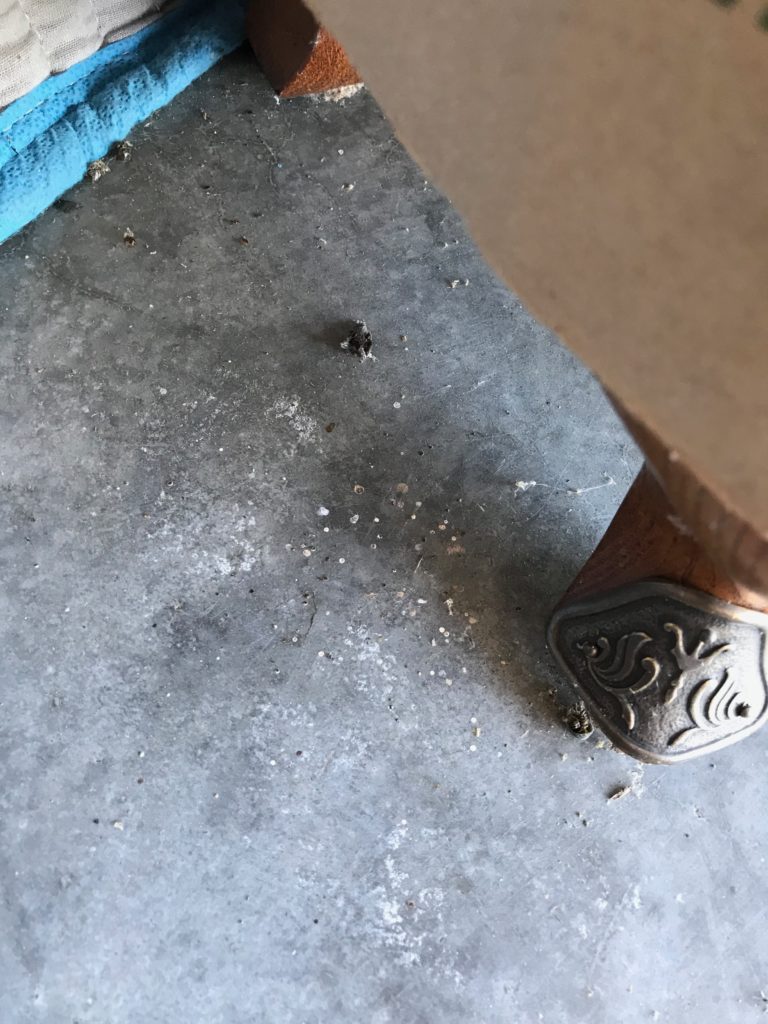
All spider venom is poisonous and the bites at a minimum leave a itchy welt on your skin. Two spiders, the Black Widow and the Brown Recluse can cause more serious illness and sometimes death. Beneficial or not, most folks don’t want these eight-legged monsters in their house.
Control
Outdoors
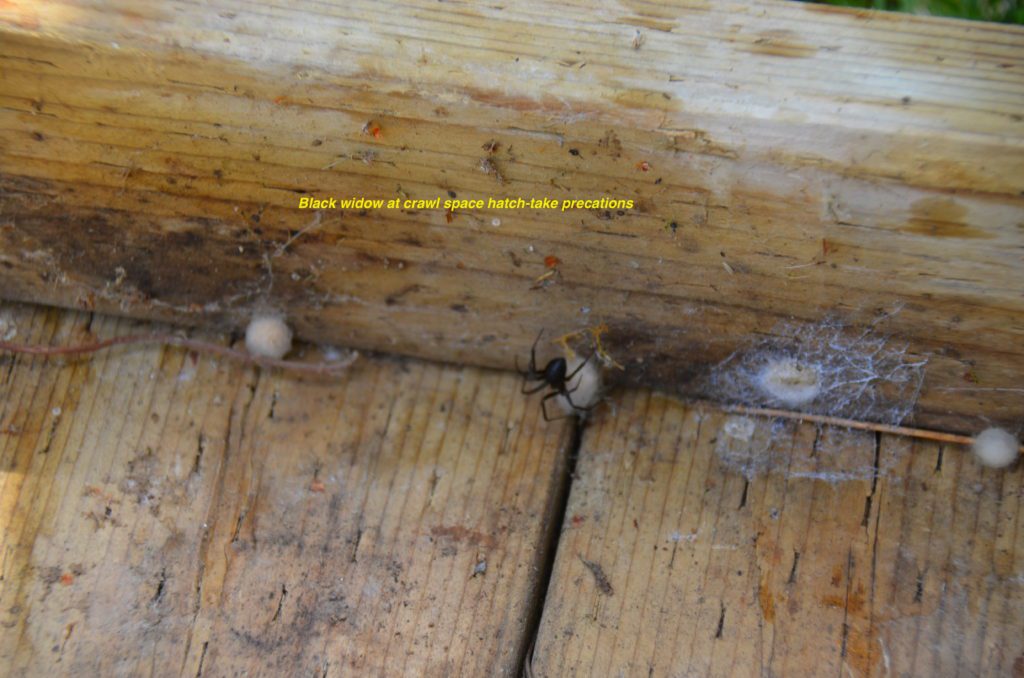
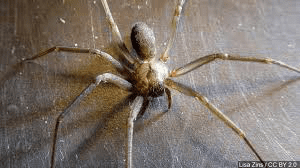
There is no need to try to control spiders outdoors. Except for the areas directly on and around the perimeter of your home spiders are beneficial. Instead you want to encourage them because they feed on insects, and lots of them.
Cut trees, shrubs and plants away from the structure so that spiders cannot climb around the treatment and get up onto the walls. Also remove any wood, cardboard or other material that leans up against the home. Apply Cyzmic CS or similar liquid spray mixed according to instruction with a sprayer along the foundation, vents, windows, doors, eaves and vents around the entire perimeter of the home.
Indoors
Use Cimexa dust applied with a webster brush to remove the webs and apply a light coat of dust to the window sills, wall corners and ceilings of the home including closets, storage and equipment rooms. For tight access areas, apply Zenprox PT221L aerosol spray around vents, heat registers, under beds, behind furniture set close to walls and also along baseboards.
Termites

To have a bug free home you will likely have to deal with termites. Termites live in large underground colonies with up to 1 million individuals. They look and behave much like large ants but with wings. Winged termites will leave the colony and travel more than 100’ in search of wood and other cellulose material for food. Once food is found, non-winged varieties will, like ants, return to base leaving a chemical trail for the rest of the colony to follow.
Termites can gain access to the cellulose areas of your home by squeezing through the tiniest of gaps. The two main varieties in north America are airborne and subterranean termites. There may be an average of 13 to 14 subterranean termite colonies per acre. That fact means most homes are naturally built close to termites. A typical home may easily have three to four colonies situated under or close around it.
Subterranean termites need moisture and darkness to survive. Eliminate those elements in and around your home and you will have avoided termite problems. They will die if exposed to air and sunshine for just a few moments.
Airborne termite infestations start at night by a swarming pair finding a nest area in a suitable exposed wood area of your home. They will be looking for gaps in untreated wood in order to land, safely start a nest and feed in the dark. Homeowners can identify an infestation by the discovery of tiny, hard dry pellets.
Control
Prevention is the best control. Pretreatment of the site and materials prior to construction is recommended. Eliminate close soil levels and avoid damp crawlspaces by installing good drainage. Wet basements and crawl areas can serve as starting places for subterranean termites and they will seek to find a dark route to the wood material in your home. They can build their own dark tunnels up concrete foundation walls to reach the wood. Use of baits, barriers, localized termiticide injections, inspections and tube removals are needed to treat active infestations and must be administered by licensed specialists.
Once a colony is formed, airborne or dry wood termites need minimal moisture and can live in the dark interior of the wood structure without retreating underground. For eradication of dry wood termites, the structure must be tented and fumigated by licensed personnel. To prevent the recurrence after tenting any raw exposed wood must be treated with joints and openings filled.
Flies

The common housefly is the most annoying of the Big Five, especially if you are trying to have a nice outdoor BBQ or dinner. Flies are disgusting but actually serve an important role as the second most active pollinator, next to bees. If you don’t get to them first, flies have a short 30-day adult life. The adult functions only to mate and lay eggs. The eggs are deposited in decaying matter such as grass clippings, garbage, human and animal excrement. Horse manure is the preferred breeding medium. About l00-l50 eggs are deposited by each female and it takes only about two weeks for the eggs to move from pupa through metamorphosis to adult. Everything about the fly disgusts me especially their eating habits which include vomiting on whatever edible they might land on to liquify it and suck it up for food. Don’t land on my potato salad please!
Control
To control the populations of flies outdoors you must find and promptly remove any material in which they might lay eggs. Doing so breaks up their reproductive patterns. If a fly hatch occurs, you can trap them with baited or sticky traps or spray with insecticide to kill them off. To further reduce hatches, fly predators can be released that attack and devour the larvae stage before they become adults. For indoor control it is best to keep screens on door and window openings to prevent flies from entering. If flies get indoors, a simple fly swatter can help defend your dinner. It can make you feel powerful and possibly gladiatorial.
Summary
Controlling the Big Five will help you have a bug free home and make your home healthier and safer in the process. Meantime, follow these good housekeeping practices to help reduce and even eliminate most other pest problems.
- Remove firewood, lumber, bricks and stones away from your home
If you leave debris near your home, it provides pests shelter, food and is a possible fire hazard.
- Store trash in tightly closed bins
Keep your trash can lids tightly attached so that creatures can’t get in and spread it. Bugs and vermin can get into the trash and end up finding a meal and a breeding ground.
- Search out standing water and repair leaking sprinklers and garden hoses.
This will eliminate water sources needed by mosquitos and termites. It might save water too.
- Seal all structure holes, cracks, openings and keep trees and bushes trimmed.
By keeping the exterior sealed and prune branches away from your house, you make it more difficult for ants, spiders and rodents to get onto and into your house. You don’t give them a path in.
- Remove uneaten pet food.
Pet food is very attractive to pests. Keep a lid on it while your pet is not eating. Free feeding is an invitation to flies, racoons, squirrels and just about anything hungry. Promptly clean up any poop and dispose of it properly in a sealed container, not thrown over the fence.
- Stay vigilent
Do a regular full house and backyard check for places that pests can breed, take up residence or enter your home. Check for rips in screens, windows that have gaps and any cracks in your foundation and siding. Bugs and rodents can enter through the tiniest holes. Walk around and observe the perimeter structure regularly. Have a full termite inspection, including attic and crawlspace every five years.


